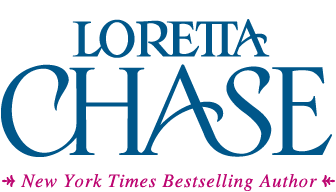Part 1 of my Guide to Dukes Prefer Blondes
Vauxhall Gardens, which existed 1661-1859, was a famous pleasure garden in Lambeth, on the south bank of the Thames.
While, sadly, I haven’t found any images of the Heptaplasiesoptron yet (still hoping), I have found several descriptions.
From The Gentleman’s Magazine, Vol 131 (1822):
Monday, June 3. 1822
...the principal novelty is of a more expensive kind; it is called in the bills " The Heptaplasiesoptron" and is formed at one extremity of the saloon. It consists of an illuminated area, with revolving pillars, around which are entwined serpents, shaded under the foliage of palm trees. The centre is occupied by a cooling fountain; and looking-glasses, skilfully placed in the back-ground, reflect both the ornamental objects and the spectators with something approaching to magnificence of effect.
From Real Life in London, Or, The Rambles and Adventures of Bob Tallyho, Esq ...
By Pierce Egan, William Heath, Henry Thomas Alken (1821):
But the grand subject of their admiration was what is rather affectedly called “The Heptaplasiesoptron,” or fancy reflective proscenium, which is placed in the long room fronting the orchestra of the Rotunda. It is entirely lined with looking glass, and has in all probability originated in the curious effect produced by the kaleidoscope, and the looking glass curtains lately exhibited at our theatres. This splendid exhibition is fitted up with ornamented draperies, and presents a fountain of real water illuminated, revolving pillars, palm trees, serpents, foliage, and variegated lamps; and the mirrors are so placed as to reflect each object seven times. This novelty appeared to excite universal admiration, inspiring the company with ideas of refreshing coolness. The bubbling of water, the waving of the foliage, and the seven times reflected effulgence of the lamps, gave the whole an appearance of enchantment, which sets all description at defiance.
Images: Cruikshank, "Tom, Jerry, and Logic make the most of an Evening at Vauxhall", from Life in London 1821. Advertisement for Juvenile Fetefrom Theatrical Observer and Daily Bills of the Play, 1822

